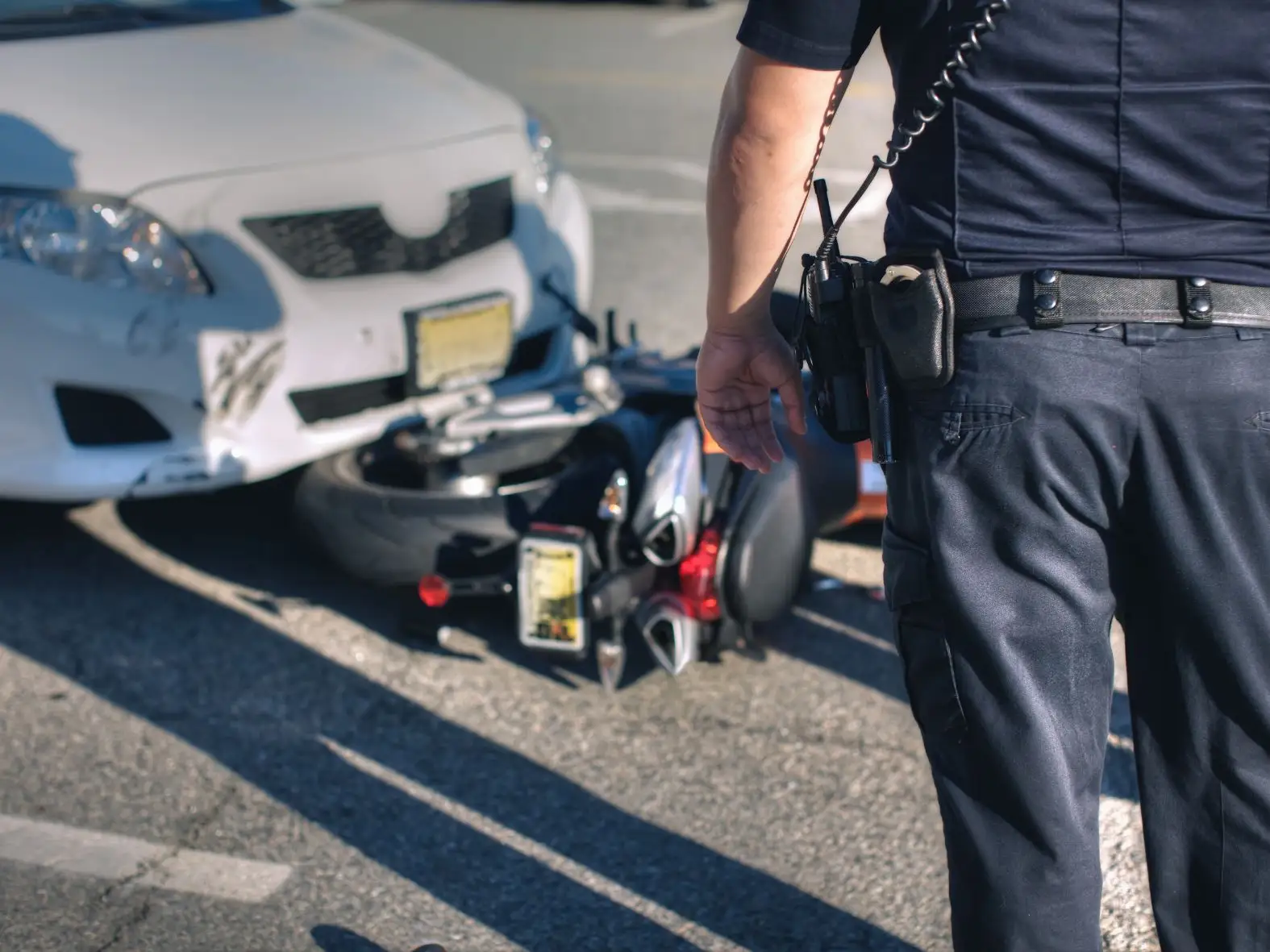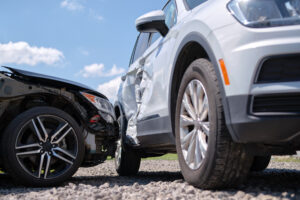
Getting hit by another driver is stressful enough. Finding out they don’t have insurance makes everything worse. You might feel angry, helpless, or completely lost about what to do next.
The good news is that California law gives you ways to recover compensation even when the person who caused your crash has no coverage. Through uninsured motorist coverage on your own policy, you can still get help paying for medical bills, vehicle repairs, and other losses.
In this article, we’ll explain how uninsured motorist claims work in Glendale and what options you have if your insurance company doesn’t cooperate.
Uninsured Motorist (UM) coverage is insurance that pays for your damages when someone without insurance hits you. Underinsured Motorist (UIM) coverage works similarly but applies when the at-fault driver has insurance that doesn’t cover all your losses.
California doesn’t require drivers to carry UM or UIM coverage. However, insurance companies must offer this protection to every policyholder. Many people decline it without understanding how often they’ll need it.
When you have UM coverage, your own insurance company steps in to cover costs that the uninsured driver should have paid. This includes medical expenses, lost wages, property damage, and pain and suffering.
The coverage limits you chose determine how much compensation you can receive. If you selected $50,000 in UM coverage, that’s the maximum your insurer will pay for a single crash.
Having this protection is the most reliable way to safeguard yourself on Glendale roads. Driving without it leaves you vulnerable to paying out of pocket if an uninsured driver causes your accident.
The uninsured driver remains legally responsible for the collision. They owe you compensation under California law. But most people driving without insurance don’t have money to pay for damages. Suing them rarely results in recovery because they lack assets.
Your own insurance policy becomes the main source of compensation. Several types of coverage can help:
Each type covers different aspects of your loss. Some policies allow you to use multiple coverages together. Others require you to choose one path. Reading your policy carefully or talking to your agent helps you understand which options apply.
Filing your claim correctly increases the chances of getting paid quickly. Follow these steps to protect your interests:
Strong evidence removes doubt and speeds up your claim. Focus on gathering these key items:
Getting denied by your own insurance company feels like betrayal. You paid premiums expecting protection, and now they’re refusing to help.
Insurance companies deny UM claims for several reasons:
Don’t accept a denial without fighting back. Write a formal appeal explaining why the denial is wrong. Include any additional evidence that addresses their concerns. Ask them to provide a detailed written explanation of their decision with references to specific policy language.
If your appeal gets rejected, you have other options. File a complaint with the California Department of Insurance. They investigate unfair claim practices and can pressure insurers to reconsider. You can also hire an attorney who handles insurance disputes. Lawyers know how to challenge weak denials and hold companies accountable.
Yes, you can file a lawsuit against the uninsured driver.
They’re liable for the crash regardless of whether they have insurance. But winning a judgment doesn’t guarantee you’ll collect money.
Most uninsured drivers lack savings, property, or other assets you could claim. Even if you get a court judgment saying they owe you $50,000, collecting that money becomes difficult if they’re broke.
Some situations make lawsuits worth pursuing. If the uninsured driver owns a home, has valuable property, or earns steady wages, you might recover compensation through liens or wage garnishment. These processes take time, but they can result in partial payment over months or years.
California follows a comparative negligence system. This means your compensation gets reduced by your percentage of fault for the accident.
Even in uninsured motorist claims, this rule applies. If the crash was 80% the other driver’s fault and 20% your fault, your payout decreases by 20%. So instead of receiving $100,000, you’d get $80,000.
Insurance adjusters often try to assign more blame to you than you deserve. They do this to reduce how much they have to pay. Be careful about admitting fault or agreeing that you contributed to the crash. Stick to factual descriptions of what happened without speculating about blame.
Strong evidence like witness statements, traffic camera footage, and police reports helps establish accurate fault percentages. The clearer the evidence that the other driver caused the collision, the less your insurer can reduce your claim.
Uninsured motorist coverage pays for several types of losses. Understanding what you can claim helps you calculate the full value of your case.
These are financial losses with specific dollar amounts:
These compensate for harm that doesn’t have clear price tags:
Some UM policies also include wrongful death benefits. If someone dies in a crash with an uninsured driver, their family can file a claim for funeral costs, loss of financial support, and emotional suffering.
California gives you two years from the accident date to file a lawsuit for injuries caused by someone else. This deadline is called the statute of limitations.
But your insurance policy might have shorter timeframes. Many policies require you to report crashes within days or weeks. Missing these contractual deadlines can void your coverage even if the legal statute of limitations hasn’t expired.
Check your policy documents carefully. Look for sections about reporting requirements and claim deadlines. If anything seems unclear, call your insurance agent or company and ask for clarification.
Starting the claims process early protects you in multiple ways. Fresh evidence is easier to collect. Witnesses remember details more clearly. Medical records are readily available. Waiting months to file your claim makes everything harder and gives your insurer more reasons to question what happened.
Insurance companies sometimes treat their own customers poorly during uninsured motorist claims. They delay investigations, offer low settlements, or deny valid claims hoping you’ll give up.
An attorney levels the playing field. They bring several advantages:
Most personal injury lawyers work on contingency. You pay nothing upfront, and they only collect fees if you win your case. This arrangement removes financial barriers to getting professional help.
Dealing with insurance claims while recovering from a crash adds unnecessary stress to an already difficult time.
You shouldn’t have to fight alone against a company that’s supposed to protect you.
Thompson Law helps Glendale residents navigate uninsured motorist claims, challenge unfair denials, and recover the full compensation they deserve.
Contact Thompson Law today for a FREE CONSULTATION about your uninsured motorist claim in Glendale, California.






Thompson Law charges NO FEE unless we obtain a settlement for your case. We’ve put over $1.9 billion in cash settlements in our clients’ pockets. Contact us today for a free, no-obligation consultation to discuss your accident, get your questions answered, and understand your legal options.
State law limits the time you have to file a claim after an injury accident, so call today.